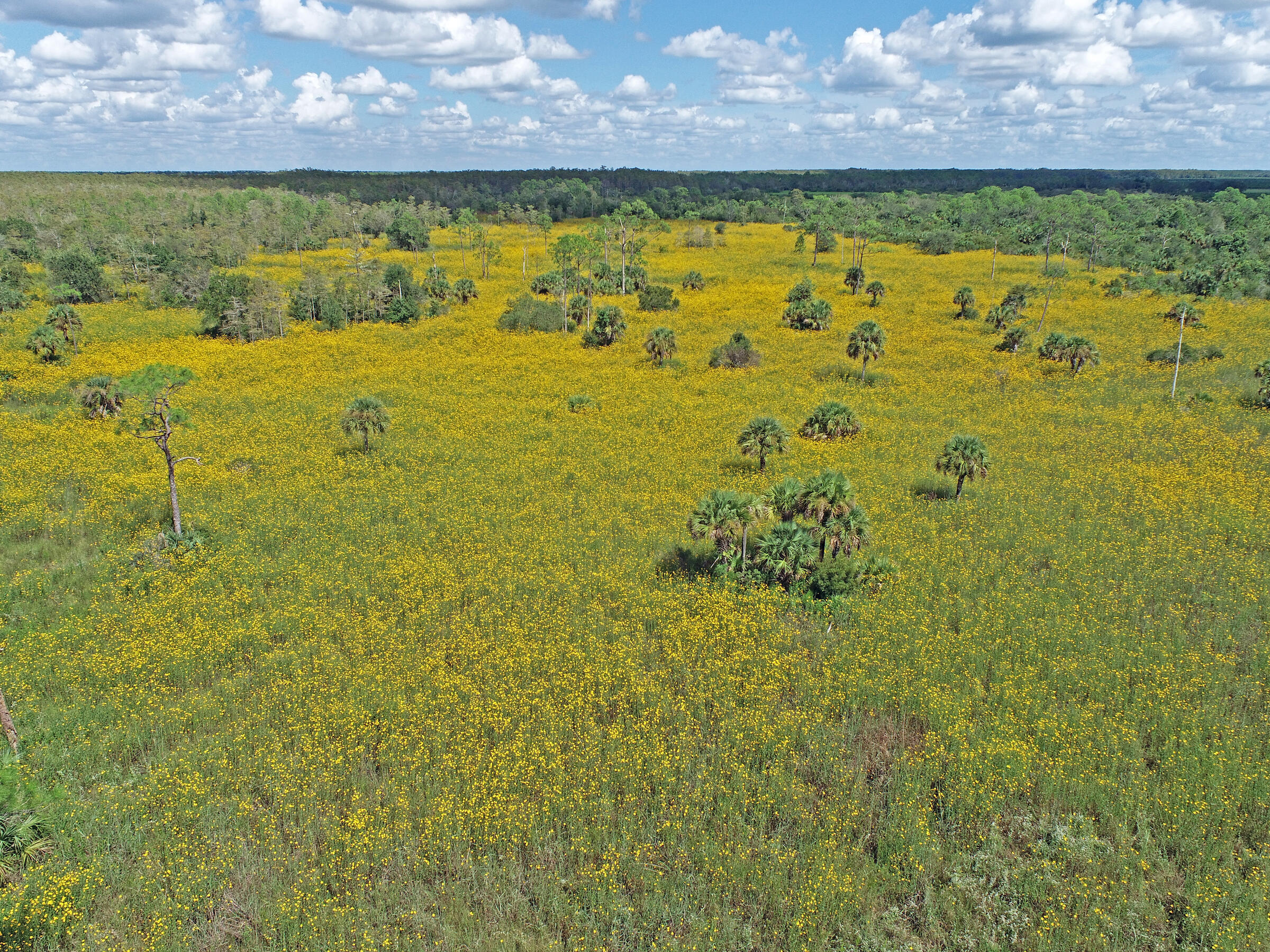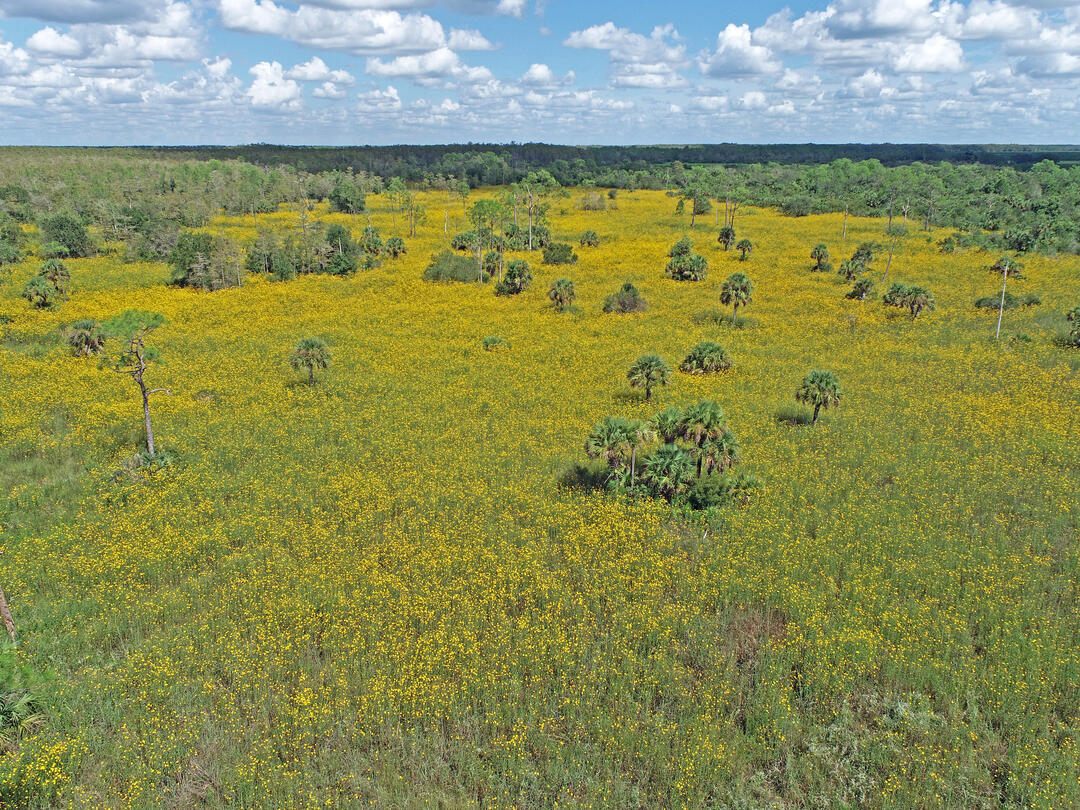Long-term water data at Corkscrew Swamp Sanctuary shows that what happens outside our protected lands impacts our habitat and wildlife. Development and, in particular, more need for water and increasing channelization of surface water has led to the overdrainage of the Sanctuary. Drier conditions increase wildfire risk, reduce the water reaching the aquifer, change the supply of fresh water that makes it to the Gulf of Mexico, and shrink wildlife habitat for iconic species like the Wood Stork and Florida panther.
Audubon has worked closely with the South Florida Water Management District (SFWMD) to alert them to these water changes (which also extend to Bird Rookery Swamp and other state-owned land in the area). SFWMD has launched the three-year Corkscrew Watershed Initiative, which includes a public planning process with extensive partner and public engagement from 2024 through 2026. This will be followed by an effort to identify, evaluate, and model projects and restoration concepts. Restoration work could begin as early as 2026, with Corkscrew canal headwater improvements slated for 2027.
SFWMD and Audubon are focused on the important role the Sanctuary plays for the region’s water, as a natural resource in need of protection, and as an integral part of resilience in Southwest Florida as we face the impacts of climate change.
Staff, volunteers, and members plan to step forward in the public engagement period—stay tuned for opportunities to get involved and sign up for the Advocate newsletter so your voice can be heard.





